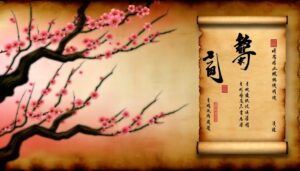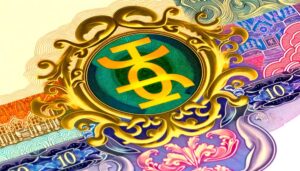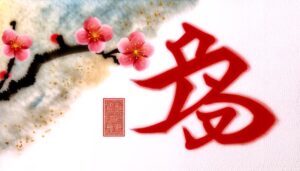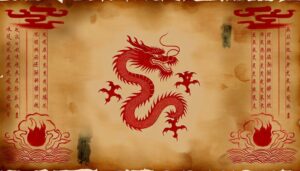5 Beautiful Chinese Symbols Representing Faith Hope and Love
The Chinese symbols for faith (信), hope (望), and love (愛) are intrinsically linked to the nation's rich philosophical heritage, influenced by Confucianism, Daoism, and Buddhism. Faith encompasses trustworthiness and spiritual alignment; hope represents resilience and optimism; love emphasizes harmony, familial bonds, and romantic fidelity.
Historically grounded, these symbols convey profound cultural and ethical values, reflecting thousands of years of literary and artistic expression. In contemporary society, they maintain their significance, influencing modern art, fashion, and digital media globally.
For those seeking a deeper understanding of these timeless symbols, their journey will unfold with more intriguing insights.
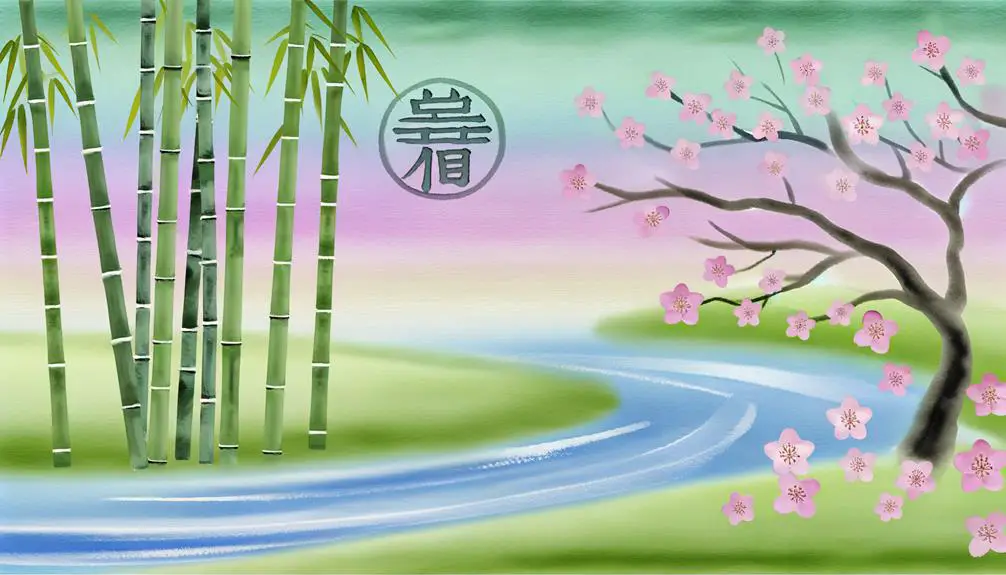
Key Takeaways
- The Chinese symbol for faith emphasizes trustworthiness and sincerity, reflecting Confucian and Daoist principles.
- Hope in Chinese culture symbolizes optimistic anticipation and resilience, inspired by self-improvement and societal harmony.
- Love in Chinese tradition highlights harmony, familial bonds, and romantic fidelity, often depicted through art and calligraphy.
- These symbols have modern interpretations in tattoos, jewelry, home decor, and digital media, blending traditional and contemporary meanings.
- The symbols' global appeal is seen in their adoption across cultures, transcending linguistic barriers in fashion, design, and cross-cultural ceremonies.
Historical Background
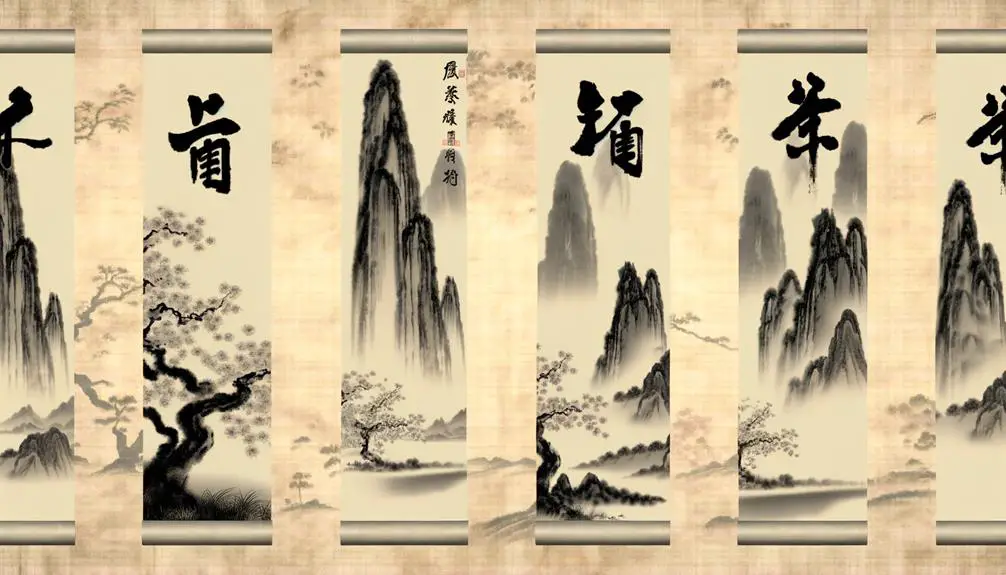
The Chinese symbols for faith, hope, and love have deep historical roots that trace back to ancient Chinese philosophy and classical literature.
These concepts are interwoven with Confucianism, Daoism, and Buddhism, forming the ethical and moral fabric of Chinese society.
The character for faith (信, xìn) embodies trustworthiness and sincerity, pivotal virtues in Confucian thought.
Hope (望, wàng) reflects aspirations and desires, often linked to Daoist ideals of aligning with the natural order.
Love (爱, ài), in Confucian texts, signifies familial and filial piety, emphasizing duty and affection within relationships.
These symbols are not merely linguistic representations but encapsulate values that have been revered and meticulously recorded in historical texts, painting a vivid picture of Chinese cultural heritage.
Cultural Significance
The cultural significance of the Chinese symbols for faith, hope, and love is deeply rooted in their historical context, reflecting centuries of philosophical and literary traditions.
Over time, these symbols have evolved, adapting to contemporary interpretations and uses in modern society.
This section will analyze their historical evolution and explore how they are currently employed in various cultural expressions.
Historical Context and Evolution
Rooted in ancient Chinese philosophy and traditions, the symbols for faith, hope, and love have evolved to embody significant cultural and spiritual meanings over centuries. These symbols trace their origins to various aspects of Chinese culture:
- Confucianism: Emphasizes morality and social harmony, influencing the concept of faith.
- Daoism: Focuses on balance and natural order, embedding hope in the cyclical nature of life.
- Buddhism: Introduces compassion and love as central tenets.
- Calligraphy: An art form that transforms these abstract concepts into visual expressions.
- Literature: Classical texts and poetry often explore these themes, reinforcing their importance.
Modern Interpretations and Usage
In contemporary China, the symbols for faith, hope, and love remain deeply embedded in cultural practices and serve as a bridge between ancient philosophical traditions and modern societal values. These characters are not only artistic representations but also convey significant emotional and spiritual meanings.
Modern interpretations often see these symbols incorporated into everyday life, from home décor to personal accessories, reflecting a continuity of cultural heritage. They are also prevalent in contemporary art and literature, offering a nuanced dialogue between past wisdom and present-day aspirations.
This cultural synthesis highlights the enduring relevance of these concepts, fostering a sense of identity and continuity amidst rapid modernization and global influences.
Symbolism of Faith
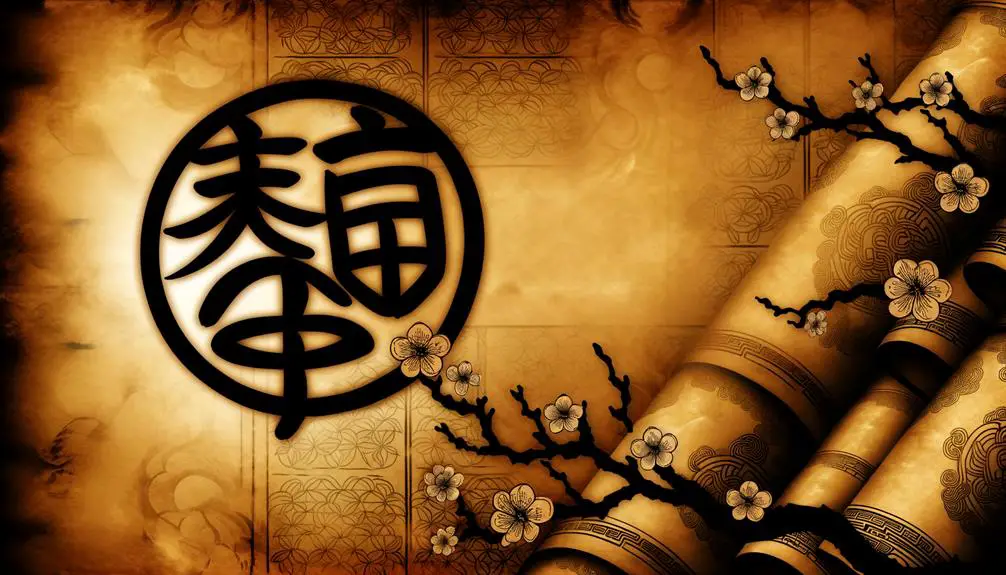
Exploring the symbolism of faith in Chinese culture reveals a profound intertwining of spiritual beliefs and ancient philosophical teachings. Faith, or '信' (xìn), is deeply rooted in Confucianism, Taoism, and Buddhism, reflecting a complex matrix of trust, loyalty, and moral integrity.
- Confucianism: Emphasizes faith as trustworthiness and sincerity in human relationships.
- Taoism: Views faith as alignment with the Tao, fostering harmony with the natural order.
- Buddhism: Regards faith as a cornerstone for spiritual practice and enlightenment.
- Historical Texts: Ancient Chinese literature often illustrates faith through allegories and parables.
- Cultural Practices: Traditional rituals and ceremonies underscore the importance of faith in maintaining societal cohesion.
This multifaceted interpretation underscores faith's enduring significance in the Chinese cultural and spiritual landscape.
Symbolism of Hope
While faith serves as a foundational pillar in Chinese culture, hope, or '希望' (xī wàng), embodies the optimistic anticipation of future possibilities and the resilience to overcome adversity.
The character '希' (xī) implies rarity and preciousness, while '望' (wàng) denotes looking forward, symbolizing a vision for a better future. Historically, hope has been an essential element in Chinese philosophy and literature, often portrayed in classical texts and folklore as a driving force in human perseverance.
In Confucianism, hope aligns with the moral imperative of striving for self-improvement and societal harmony. Therefore, hope in Chinese culture is not merely passive wishfulness but an active, enduring belief in the potential for positive change and progress.
Symbolism of Love

The symbolism of love within Chinese culture is intricately woven into its historical depictions in art, reflecting deep-rooted values and societal norms.
Cultural interpretations and meanings of love have evolved, yet remain steadfast in their emphasis on harmony, familial bonds, and romantic fidelity.
Additionally, symbolic representation in calligraphy encapsulates these profound sentiments through meticulous brush strokes, each character embodying centuries of tradition and emotional resonance.
Historical Depictions in Art
Throughout centuries, Chinese art has intricately woven the symbolism of love into its fabric, often depicted through the delicate interplay of nature, mythical figures, and calligraphy. These artistic expressions serve as windows into historical perspectives on love, revealing cultural values and emotions.
- Nature: Flowers such as peonies and lotuses symbolize romantic love and purity.
- Mythical Figures: The story of the Cowherd and the Weaver Girl represents eternal love and separation.
- Calligraphy: Stylized characters convey profound meanings of affection and devotion.
- Animals: Pairs of mandarin ducks are frequently depicted to symbolize marital fidelity.
- Literary References: Poems and prose inscribed on artworks celebrate love's enduring qualities.
This rich tapestry of symbols underscores the profound and multifaceted nature of love in Chinese history.
Cultural Interpretations and Meanings
In examining the cultural interpretations and meanings of love in Chinese society, one finds that these symbols are deeply embedded in traditional values, social practices, and philosophical beliefs. Rooted in Confucianism, love is often associated with familial piety and social harmony, emphasizing duty and respect within familial and societal relationships.
The term '爱' (ài), which means love, encapsulates both romantic affection and broader human kindness. Historically, love in Chinese culture also intertwines with Taoist and Buddhist philosophies, highlighting balance, compassion, and spiritual connection.
This multifaceted portrayal of love underscores its complexity and integral role in fostering cohesive social structures, reflecting a blend of emotional and ethical dimensions central to Chinese cultural heritage.
Symbolic Representation in Calligraphy
Within the rich tradition of Chinese calligraphy, the character for love (爱) serves as a powerful emblem, embodying both aesthetic beauty and profound cultural significance. This character is crafted with specific strokes that convey deep emotional resonance and historical symbolism. Each brushstroke combines to tell a story of compassion and interconnectedness, reflecting Confucian ideals and Daoist harmony.
- Historical Evolution: The character 爱 has evolved over centuries, adapting to various calligraphic styles.
- Confucian Influence: Emphasizes filial piety, compassion, and moral duty.
- Daoist Harmony: Suggests balance and the interconnectedness of all beings.
- Aesthetic Beauty: Harmonious strokes that blend form and meaning.
- Cultural Symbolism: Represents the universal human experience of love and connection.
This intricate character encapsulates the essence of love in Chinese culture.
Modern Interpretations
Modern interpretations of the Chinese symbols for faith, hope, and love reflect a dynamic blending of historical significance and contemporary cultural contexts. Today, these symbols are not only cherished for their traditional meanings but also reimagined in various forms of modern art, fashion, and digital media.
In contemporary society, individuals incorporate these symbols into tattoos, jewelry, and home decor, symbolizing a personal connection to these enduring values. Additionally, their use in social media graphics and messaging apps highlights an evolving dialogue between ancient wisdom and modern expression.
While the core meanings remain rooted in Confucian and Daoist philosophies, their modern portrayals often emphasize individualistic and global perspectives, illustrating the fluidity of cultural symbols in a globalized world.
Global Appeal
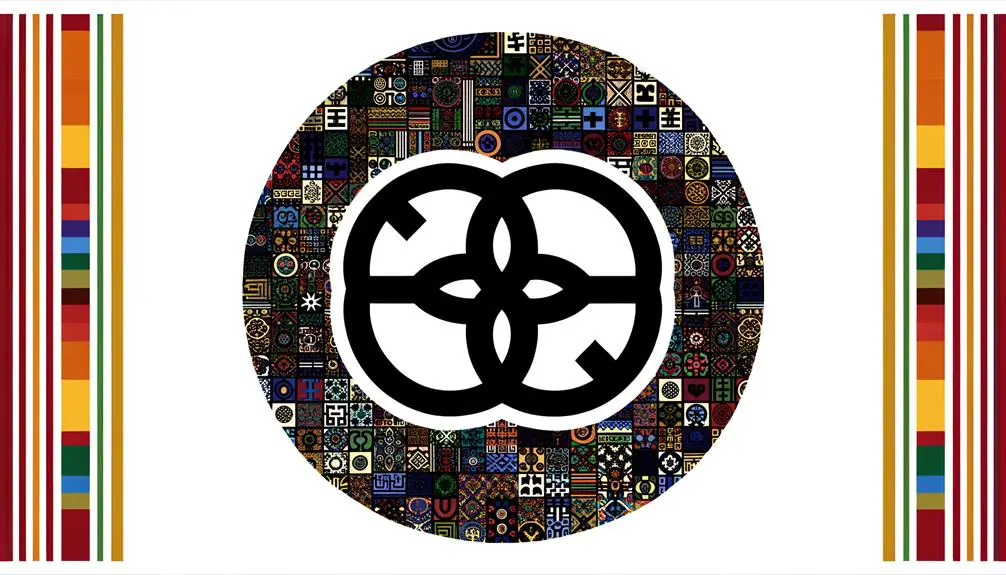
The global appeal of the Chinese symbols for faith, hope, and love is evident in their widespread adoption across diverse cultures and their integration into various facets of international art and design. Historically grounded in Chinese calligraphy, these symbols transcend linguistic barriers, resonating universally with their profound meanings.
Their aesthetic and philosophical significance has catalyzed their global diffusion.
- Fashion: Incorporated into tattoos, jewelry, and clothing.
- Interior Design: Featured in home decor, wall art, and furnishings.
- Literature: Highlighted in books, poetry, and motivational writings.
- Digital Media: Used in social media, websites, and digital art.
- Cross-cultural Ceremonies: Employed in weddings, religious events, and celebrations.
This omnipresent adoption underscores the universal human quest for values that bind humanity together.
Conclusion
The exploration of the Chinese symbols for faith, hope, and love reveals a profound interplay between historical depth and cultural significance. These symbols encapsulate fundamental human virtues, each carrying unique connotations shaped by centuries of philosophical thought and artistic representation.
Modern interpretations continue to expand their global appeal, fostering cross-cultural appreciation and understanding. The enduring resonance of these symbols demonstrates their capacity to convey universal ideals, bridging diverse cultural contexts through shared human values.

